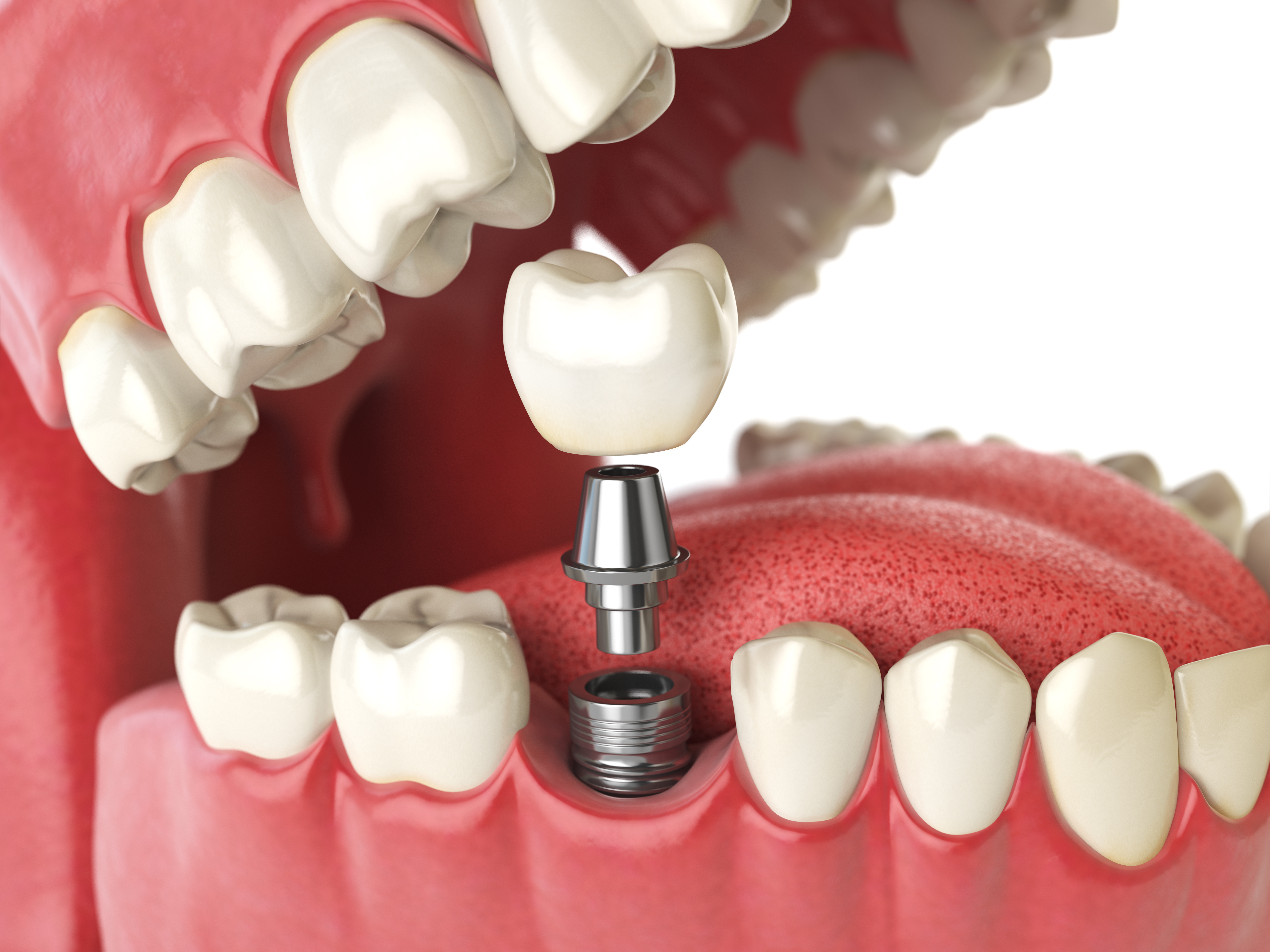Understanding the Benefits of Screwless Dental Implants
Screwless dental implants represent an innovative advancement in restorative dentistry that eliminates the need for traditional screw attachments. Unlike conventional implants that require screws to secure crowns or bridges, these systems use alternative fastening mechanisms such as cement bonding or snap-fit connections. This technology addresses several common issues associated with traditional implant procedures, including screw loosening, maintenance difficulties, and aesthetic concerns. Many dental professionals and patients are exploring this option as a potentially more comfortable and reliable solution for tooth replacement.

What Are Screwless Dental Implants?
Screwless dental implants are prosthetic tooth replacements that secure crowns, bridges, or dentures without using traditional screw mechanisms. These implants typically employ cement-retained restorations or specialized locking systems that create a permanent bond between the implant post and the prosthetic tooth. The implant post itself is still surgically placed into the jawbone, but the attachment method for the visible crown differs significantly from conventional approaches.
The technology behind screwless implants focuses on creating seamless connections that reduce potential points of failure. Instead of relying on small screws that can loosen over time, these systems use materials science and precision engineering to achieve secure, long-lasting attachments. This approach can be particularly beneficial for patients who have experienced complications with traditional screw-retained implants or those seeking a more streamlined treatment process.
How Do Screwless Dental Implants Work?
The functioning of screwless dental implants begins with the same foundational process as traditional implants. A titanium post is surgically placed into the jawbone, where it integrates with the surrounding bone tissue through a process called osseointegration. This typically takes several months and creates a stable foundation for the prosthetic tooth.
The key difference emerges during the restoration phase. Rather than using an access hole and screw to attach the crown, screwless systems employ alternative methods. Cement-retained versions use specialized dental adhesives to permanently bond the crown to an abutment piece. Other designs feature proprietary locking mechanisms that snap or clip into place, creating secure connections without threads or screws.
The absence of screw access holes means the crown can be designed with optimal aesthetics and structural integrity. The entire chewing surface and visible portions can be crafted without accommodating screw channels, potentially resulting in stronger and more natural-looking restorations.
Benefits of Choosing Screwless Implants
Screwless dental implants offer several advantages that make them attractive alternatives to traditional systems. The elimination of screw access holes allows for improved crown design, with no need to fill or seal openings that could potentially harbor bacteria or weaken the restoration structure. This can lead to better long-term hygiene and reduced risk of complications.
Maintenance requirements are often simplified with screwless designs. Patients don’t need to worry about screw loosening, which is a common issue with traditional implants that may require periodic tightening or replacement. The permanent attachment method can provide greater peace of mind and potentially reduce the number of follow-up appointments needed.
From an aesthetic perspective, screwless implants can offer superior results. Without screw access holes to conceal, dental technicians have greater freedom in crown design and can optimize the shape, color, and surface texture for the most natural appearance. This is particularly important for front teeth where visual appeal is paramount.
The reduced complexity of the attachment mechanism may also contribute to fewer mechanical failures over time. Traditional implant screws can fracture, strip, or loosen due to the repeated forces of chewing and speaking. Screwless systems eliminate these specific failure modes, potentially improving long-term reliability.
| Provider Name | Services Offered | Key Features |
|---|---|---|
| Nobel Biocare | Cement-retained implant systems | All-on-4 treatment concept, immediate loading options |
| Straumann | Screwless crown solutions | CARES digital workflow, ceramic implant options |
| Zimmer Biomet | Cemented restoration protocols | 3i T3 implant platform, guided surgery systems |
| Dentsply Sirona | Permanent crown attachment systems | Ankylos implant design, conical connection technology |
Screwless dental implants continue to evolve as manufacturers develop new materials and attachment methods. Research into advanced ceramics, improved cements, and innovative locking mechanisms is expanding the possibilities for screw-free restorations. Some systems now incorporate antimicrobial properties or enhanced bone integration features that could further improve outcomes.
The decision between screwless and traditional implants should always be made in consultation with a qualified dental professional who can assess individual circumstances, bone quality, and specific restoration needs. While screwless options offer distinct advantages, they may not be suitable for all cases or all locations in the mouth.
This article is for informational purposes only and should not be considered medical advice. Please consult a qualified healthcare professional for personalized guidance and treatment.




